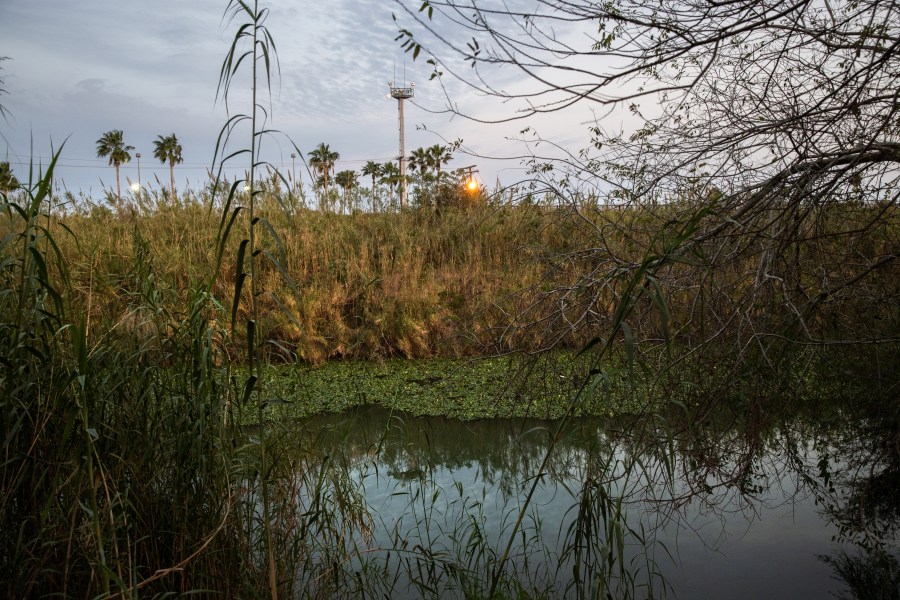(NewsNation) — The use of surveillance technology at the U.S.-Mexico border — such as radar, motion sensors, license plate readers and AI (artificial intelligence) systems that can make sense of it all — will greatly escalate in the upcoming months.
The linchpin to this ramp-up of a “virtual border wall” will be to increase the number of surveillance towers. Customs & Border Patrol spokespeople say these towers help agents keep up with the high-tech strategies being utilized by cartels smuggling fentanyl and humans across the border — while decreasing the workload on field agents.
“The response time from target identification to suspect apprehension dramatically decreased,” Supervisory Border Patrol Agent Dustin Smith said in a Customs & Border Protection report touting the pilot period’s success. “It frees up personnel, so agents can return to the field to patrol and continue doing their job.”
CBP’s plan for both the Northern and Southern borders includes upgrading 172 existing towers while building 336 more, focusing heavily on sectors like Big Bend and Del Rio in Texas as well as San Diego and El Centro in California, according to CBP material shared by the Electronic Frontier Foundation (EFF), a nonprofit advocating for civil liberty in the digital age.
That expansion has some raising questions about privacy near the border.
“This isn’t just like collecting data on people who are illegally crossing the border,” said Dave Maass, EFF’s director of investigations. “It’s collecting data on people who live in border communities … and we don’t really know what they’re doing with the data.”

A technology race
While reports vary, U.S. Customs and Border Protection currently has hundreds of towers along the southern border with variable technological prowess.
Although this technology can be used to find migrants, CBP has emphasized that the focus of these towers is to fight the highly organized and funded cartels, says Ariel Ruiz, policy analyst for the nonpartisan Migration Policy Institute.
“Border patrol (calls) this time and time again a technology race,” he said, adding that cartels have used drones to track Border Patrol’s movements. “For Border Patrol, this technology is not just a central component to the mission, it helps them keep up. … It’s about foreseeing what the smugglers and traffickers are doing.”
Proponents say these solar-powered towers allow agents to be more efficient in their jobs while avoiding the negative environmental impacts of a physical wall.
Anecdotally, many researchers in the field said they heard from residents on both sides of the border that the existence of towers deters crossings and crime where they’re located. CBP agents have also reported using the technology to identify patterns in how smugglers cross the border or deter drug traffickers before they even enter the country.

Calls for transparency
Empirical data demonstrating the success of these efforts is not publicly available, critics of the program say. What is known: Surveillance towers and their technology are expensive to taxpayers — with more than $220 million allotted in the federal budget in 2022.
Because the algorithms behind this technology are proprietary to private companies, it removes a lot of transparency, Maass said.
“We don’t necessarily see how it’s making these decisions and why it’s making these decisions,” he said.
That lack of transparency is the sticking point for many advocates, who point out many towers are located in or surveil populated cities, potentially tracking the lives of everyday U.S. and Mexican citizens even as it tries to deter crime — in addition to people who are attempting to seek asylum.

